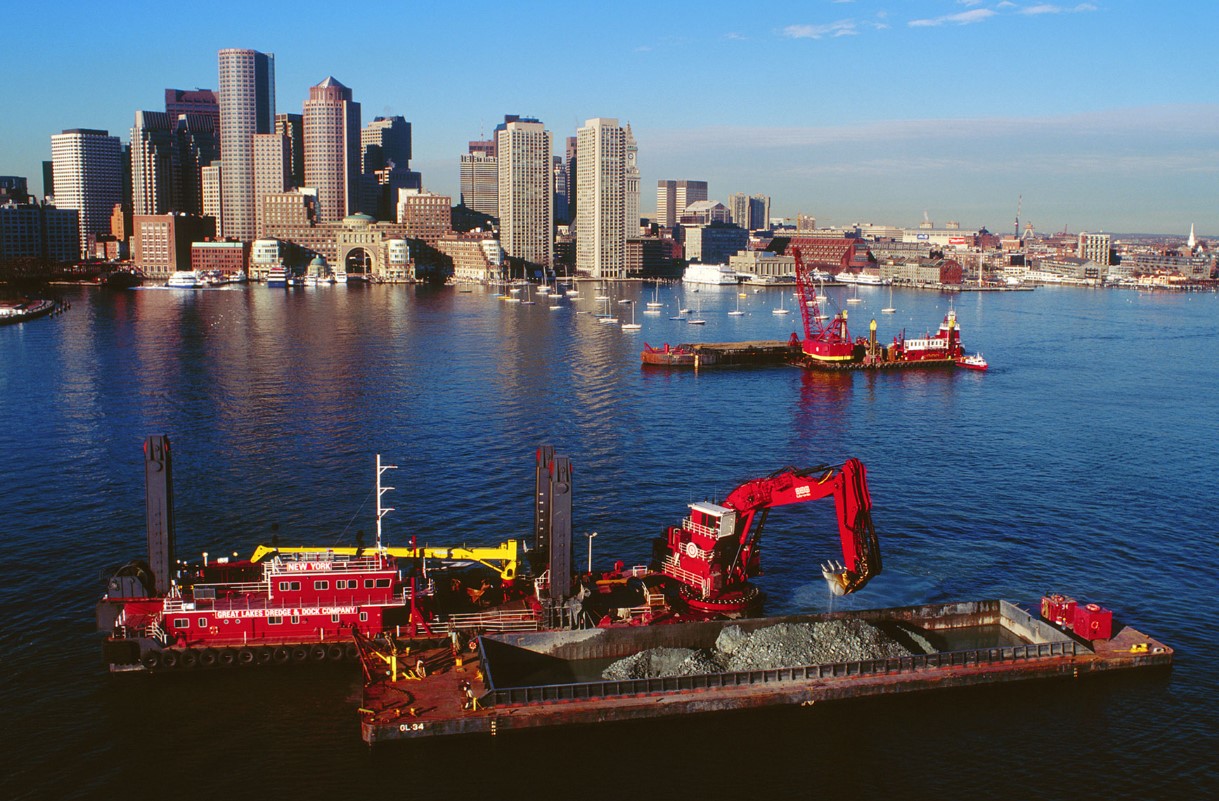

Furthermore, shallow lakes are quickly accumulating organic matter and, on the way, to be transformed from lakes to swamps instead. Centuries of human influence with agriculture and wastewater have left their mark on many of these lakes, which are struggling with eutrophication. Sweden is well known for its more than 100,000 lakes that cover about 9% of the total surface area of the Kingdom.

On the other hand, bioenergy production is expected to increase in the future, where this resource could potentially be helpful for the cultivation of bioenergy crops. However, the metal content is problematic to use the material without any pre-treatment. The results show that the material is a good source of nutrients, with a nitrogen content of 18 g kg −1 dry matter (DM), phosphorus 0.8 g kg −1 DM and potassium 2.4 g kg −1 DM respectively. Arkelstorp sediments present the potential to become a source of nutrition in agriculture. Therefore, the amount of registered cadmium comes naturally from the surrounding environment. However, as the carbon 14-datings showed, the sediment is preindustrial. For example, the amount of cadmium per phosphorus is 480 mg Cd kg −1 P. No organic environmental pollutants are found and the metal content are not elevated but still problematically high. Sediments from the Arkelstorp bay is collected and analysed on nutrient content, age, and potential contaminants. This study aims to characterise and discuss the potential use of sediment from the Arkelstorp bay located in the south of Sweden.


 0 kommentar(er)
0 kommentar(er)
